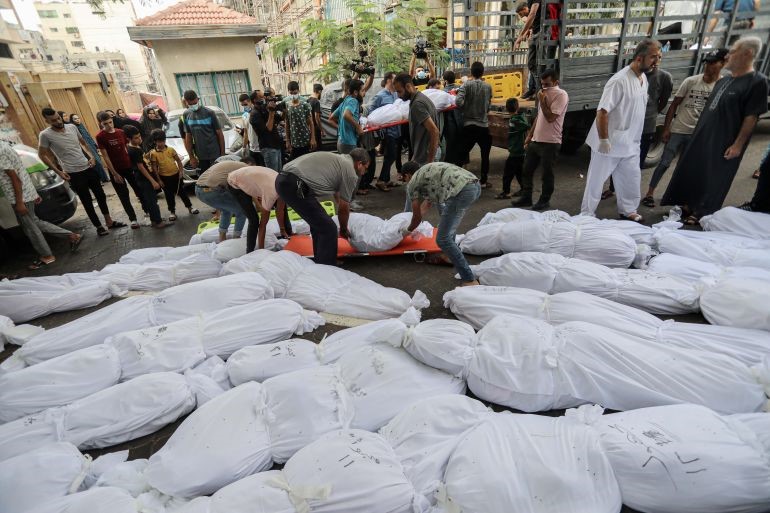A Disaster in Waiting in the Himalayas
0 comments | by Jehangir Khattak

A senior Pakistani official recently issued a largely ignored statement about the environmental impact of status quo between the armies of Pakistan and India on the world’s highest battleground, the Siachen Glacier. Some military check posts on both sides here are as high as 21,000 feet above sea level.
Presence of Indian forces on Siachen Glacier, is harmful to the environment, said Sartaj Aziz, Advisor to Prime Minister Nawaz Sharif on National Security and Foreign Affairs. “Pakistan is facing a water shortage and Indian forces are damaging one of the largest sources of water to Pakistan on a regular basis‚” state-run Radio Pakistan quoted Aziz as saying. He referred to the large-scale disposal of garbage and sewage by thousands of Indian soldiers that, he said, was detrimental to the glacier.
Aziz’s statement may or may not be political but deserves more attention in both the countries for Siachen, also called Third Pole in the scientific community, is one of the largest sources of freshwater for the two sides.
Located near Karakoram Pass, the 76 kilometre (47.2 miles) long glacier of over two trillion cubic feet of ice is considered the second largest in the world outside the Polar region. It is claimed by both India and Pakistan. Geographically it is an unmarked snowy Himalayan wilderness near the two countries border witch china. It receives about ten meters of snow each year. Its melting ice is the main source of the Nubra River in Indian controlled Ladakh, which drains into the Shyok River. The Shyok in turn joins the Indus River, which serves as a lifeline for Pakistan. The Indus Basin is the 12th largest basin in the world. The geographic layout of the area is such that it slopes towards the south and southwest. Therefore speedy melting of the Siachen Glacier increases the chances of flooding the Indus Basin and causing destructive snow avalanches on both sides of Saltoro Ridge.
The glacier saw militarization in 1984 when Indian army sneaked into the area and occupied strategic heights, claiming the glacier to be part of its territory. It sparked a response from Pakistan, which sent its forces and reclaimed some of the area during intermittent heavy fighting spanning over almost two decades. But India still controls much of the glacier.
The three-decade long military engagement has produced few results for either side. The stalemate since 2003, when the two sides agreed to a ceasefire, has pitched the two armies less against each other and more against the nature. The two sides have lost more men to nature than the combat itself. Environmentalist on both sides have for long warned that global warming and the conflict are speeding up the melting of glaciers in the region, causing massive floods and depleting their largest fresh water resources.
Troops on both sides have played irrevocable havoc with the region’s biodiversity, ecology and hydrology, says Arshad H. Abbasi, former director of the Planning Commission of Pakistan and now advisor to the Sustainable Development Policy Institute, a policy-oriented, research institute based in Islamabad. He says the glacier has reduced dramatically during the last 25 years and is retreating three dimensionally, thinning vertically at an alarming rate, as well as retreating horizontally, at approximately more than 100 meters per year.
In an opinion article in a leading Pakistani daily in April 2012, Abbasi referred to different studies conducted by independent groups that confirmed the shrinking Siachen, rising temperatures in Leh, Srinagar and other parts of Indian administered Kashmir and dipping temperatures in the Gilgit-Baltistan province of Pakistan on the other side of the glacier, which till recently was part of Pakistan administered Kashmir. Not just that, the mass of major glaciers in Gilgit-Baltistan, like the 62-kilometer (40 miles) long Baltoro Glacier is also increasing.
“All these results clearly demonstrate that the glaciers in the Karakorum are behaving differently, except for the Siachen. The reports with legitimate data confirm that Siachen is melting simply because of army presence. Whosoever claims it is because of global warming, let them conduct an independent audit by a panel of creditable glaciologist for the International Court of Justice so that the responsibility of 32 years-long adventure can be fixed, which has caused colossal human, financial and environmental loss. Civil societies of both the countries, and world community at large, ought to take this case to demilitarize the third polar cap of the planet.”
The region’s changing weather patterns are blamed for many recent natural calamities such as the death of 140 Pakistani soldiers on April 7, 2012, when an avalanche hit an army camp at Gayari near Siachen and the 2010 floods that devastated much of Pakistan. The floods, worst in a century, killed over 2000 people, marooned over one-fifth of the country and damaged the country’s tattering economy to the tune of tens of billions of dollars. India too has seen unusual weather patterns in recent years. But the two countries are still not convinced that military conflicts harm delicate environmental balances and are against their national interests.
The two countries are also less prepared to meet the climate change related disasters. Pakistan in particular has done little to modernize its water management, stop human encroachment on its waterways and build new reservoirs to conserve water, especially flood water. It might have escaped much of the destruction during 2010 floods, if it had more water storage capacity and less human encroachment in natural waterways. The country is on the verge of officially becoming water deficient and could see massive water shortages within the next two decades.
Pakistan’s federal or provincial legislatures have so far done little to preserve the waterways. Controlling human encroachment on scenic waterways has never been popular in Pakistan. It may not thus be forthcoming in the foreseeable future for it’s not politically popular.
Pakistan has built no large reservoir in the past four decades, since the completion of Tarbela Dam in 1974, largely because of lack of political will and consensus. It has one of the worst water storage capacities in the world — at pathetic nine percent against India’s 33 percent. Limited storage capacity, few major water reservoirs in the pipeline and an old and crumbling water management infrastructure put Pakistan at greater risk of a disaster in case of an unusual weather activity. Any increase in floods will wash away topsoil, increase desertification, decrease food production and push the economy further into tailspin.
Pakistan and India don’t have much time to save one of their greatest freshwater resources. Both have to better prepare for the their emerging common enemy by conserving water, improving their water management and ending humanly-induced climate change by demilitarizing the Siachen Glacier.
Sartaj Aziz has a point, which deserves more serious approach from both sides before it is too late.
Jehangir Khattak is a Co-Director, Center for Community and Ethnic Media, Graduate School of Journalism, City University of New York.





